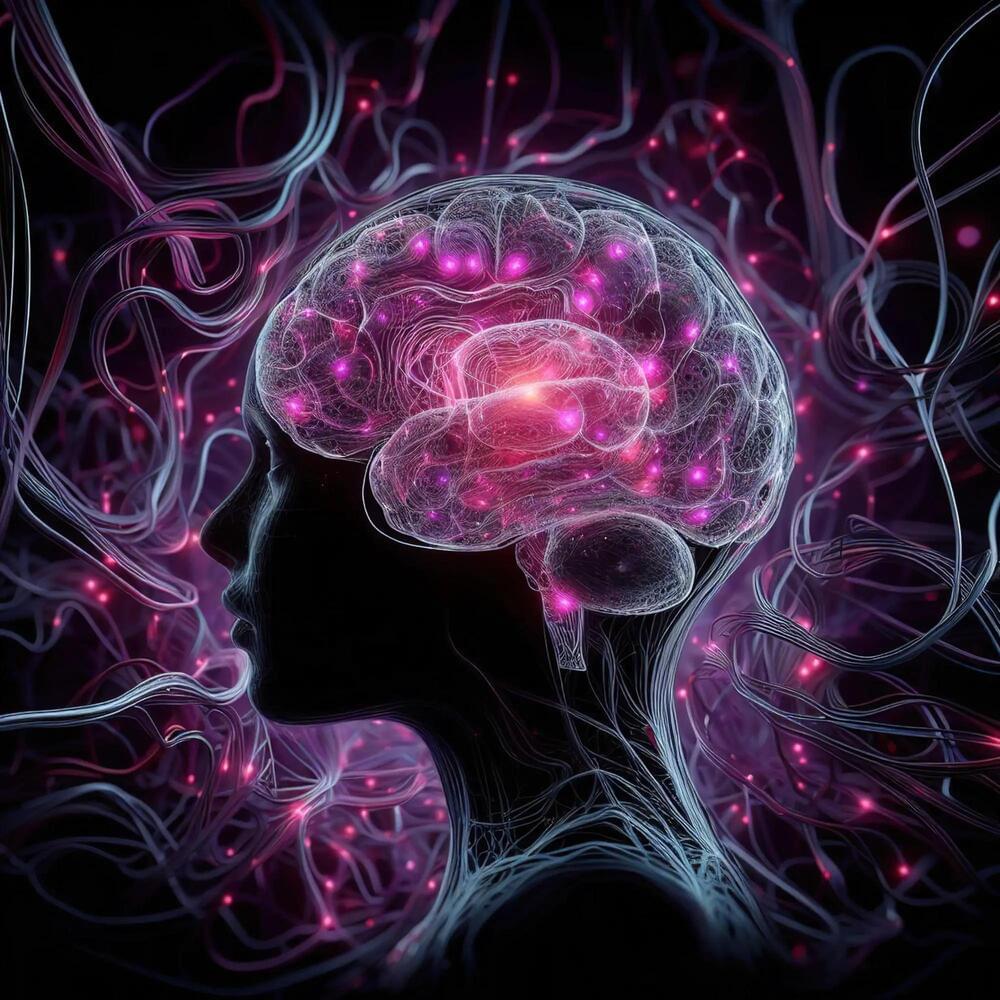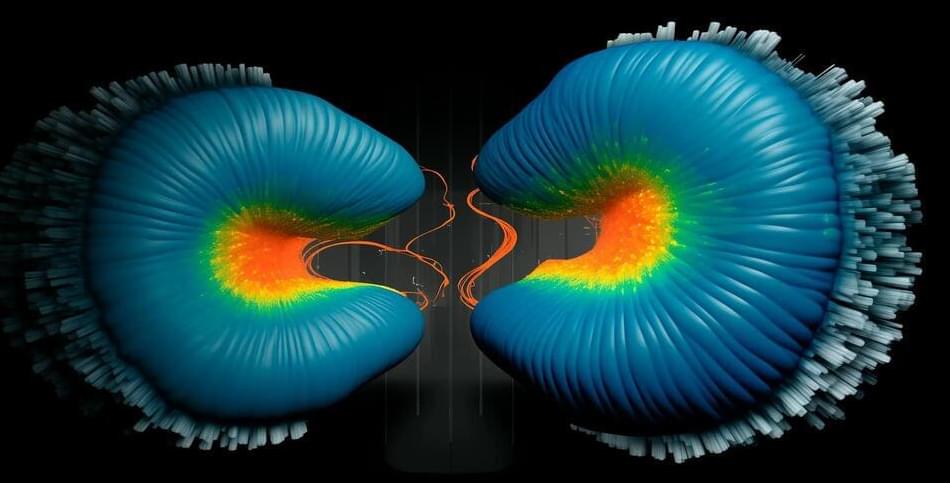Nov 25, 2023
A Mysterious Cosmic Ray From Beyond The Galaxy Hit Earth And Scientists Are Stunned
Posted by Josh Seeherman in categories: particle physics, space
Scientists using the Telescope Array in Utah detected the second highest-energy cosmic ray ever. The singular subatomic particle was equivalent to dropping a brick on someone’s toe from waist height.
The Telescope Array comprises 507 surface detector stations arranged in a square grid located outside of Delta, Utah. It has been utilized to observe over 30 ultra-high-energy cosmic rays. These extreme cosmic rays have left scientists baffled about what produces them. The latest observation, as well as the highest-ever recorded event known as the Oh-My-God particle, appears to have originated from the Local Void, an empty area of space bordering the Milky Way galaxy.
“The particles are so high energy, they shouldn’t be affected by galactic and extra-galactic magnetic fields,” remarked John Matthews, Telescope Array co-spokesperson and co-author of the study. “You should be able to point to where they come from in the sky. But in the case of the Oh-My-God particle and this new particle, you trace its trajectory and there’s nothing high energy enough to have produced it. That’s the mystery — what the heck is going on?”

















